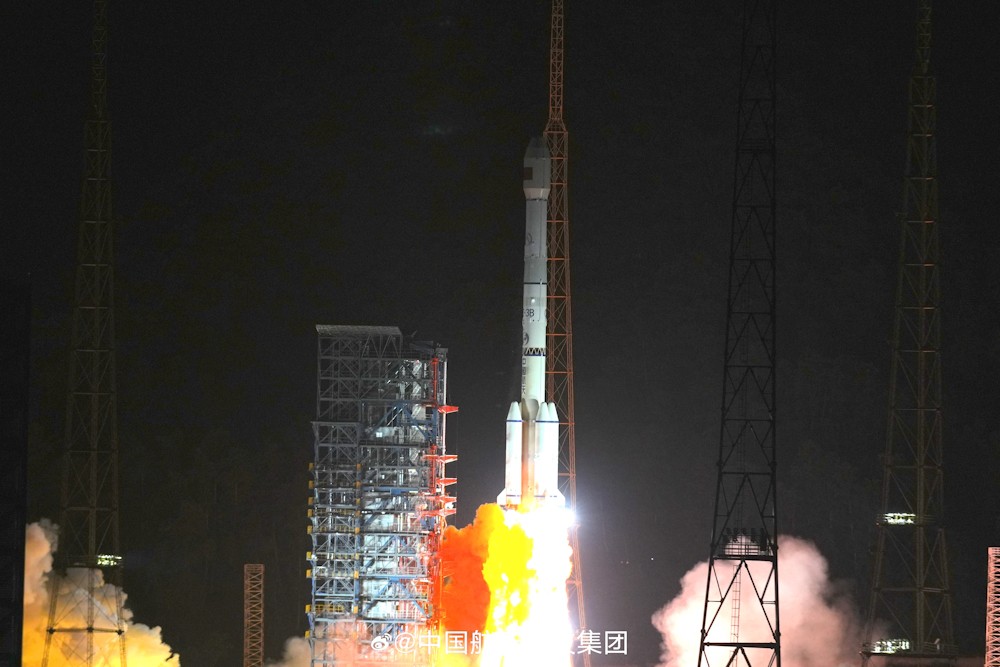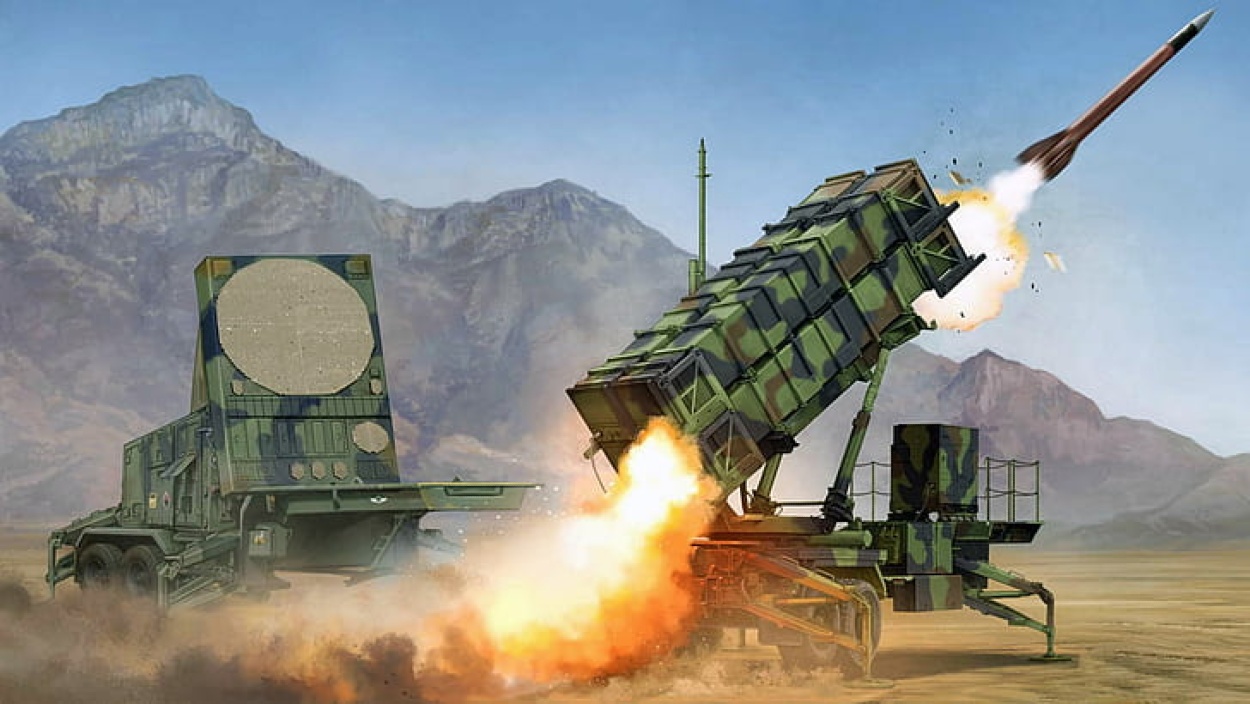Taiwan’s Ministry of Defense announced that a Chinese rocket carrying a satellite soared over Taiwan on November 9, following a trajectory that extended above the Earth’s atmosphere.
Abrams Tanks: Taiwan Awaits 108 MBTs To Repel China; US Experts Say It Could ‘Die Down’ In A PLA Attack
The Ministry of National Defense (MND) announced on X (formerly known as Twitter) that on the evening of November 9, a People’s Liberation Army (PLA) Long March rocket, transporting a communications satellite, was detected over Taiwan’s air defense identification zone (ADIZ) at 7:23 p.m.
In a statement, MND said the rocket was launched from the Xichang Satellite Launch Center in Sichuan. The Ministry added that in response to the development, Taiwan’s armed forces were placed on high alert, implementing necessary measures to safeguard air safety.
China’s state-run media outlet Xinhua reported that a Long March 3 B rocket successfully transported a Chinasat-6E (Zhongxing-6E) communications satellite into orbit.
Specifically designed for radio and television broadcasting, this satellite replaces the aging ChinaSat-6B satellite, initially launched in July 2007.
19:23(UTC+8) today, PRC satellite launch w/Long March carrier vehicle from Xichang Satellite Launch Center. The flight path passes our ADIZ. We monitored the vehicle's activity and are ready to respond if necessary.
— 國防部 Ministry of National Defense, R.O.C. 🇹🇼 (@MoNDefense) November 9, 2023
The China Aerospace Science and Technology Corp. (CASC) also confirmed at 8:22 p.m. that the satellite, designed for radio and television broadcasting, had been successfully deployed in its designated orbit.
This satellite, known as Chinasat-6E (Zhongxing-6E), is slated to cover regions including China, Southeast Asia, Australia, Central Asia, and South Asia.
Its mission aligns with Beijing’s broader goals, supporting the Belt and Road Initiative and contributing to realizing the “digital China” project through space-based initiatives.
The successful launch of ChinaSat-6E marks China’s 52nd orbital launch in 2023. Earlier in the year, the China Aerospace Science and Technology Corp. (CASC) set an ambitious target to conduct over 70 launches.

Meanwhile, despite its track record of successfully launching numerous satellites into geosynchronous transfer orbit, the 56-meter-tall Long March 3 B rocket, as reported by Space News, employs a “highly toxic propellant combination of hydrazine and nitrogen tetroxide.”
Therefore, this fuel choice has led to incidents of falling debris on Chinese villages, posing environmental and safety concerns.
Is Taiwan’s Patriot Missile Capable of Intercepting Space-Bound Projectiles?
The latest occurrence is not an isolated event. A somewhat comparable incident unfolded slightly over a month ago on October 5, when the Ministry of National Defense (MND) identified another Long March rocket carrying a satellite into orbit, flying above the Earth’s atmosphere and passing through Taiwan’s air defense identification zone (ADIZ).
An ADIZ is an area unilaterally declared by a country, allowing it to assert the authority to identify, locate, and manage foreign aircraft approaching its airspace. However, it differs from the territorial airspace officially defined by international law.
Brian Hioe, a nonresident fellow at Taiwan Research Hub, pointed out the importance of distinguishing between rockets launching into space and passing over a region. Regardless of the specific details, he highlighted that China consistently portrays such events in a manner that seems designed to intimidate Taiwan.
In essence, Hioe urged caution against conflating different scenarios involving rocket activities while underscoring China’s tendency to use such tactics for intimidation purposes against Taiwan.
In August 2022, after the visit of US House Speaker Nancy Pelosi to the island nation, China initiated a series of military exercises in various zones around Taiwan. These exercises included the firing of missiles that flew over Taiwan.
At the time, China’s actions raised concerns, particularly questioning why Taiwanese air defense systems, including the American-origin Patriot system, did not intercept the projectile if it indeed passed over Taiwan.
An expert previously explained that despite projectiles flying over Taiwan, they were not considered within the nation’s airspace as they were in space, aligning with the global understanding that airspace excludes space.
The expert even humorously questioned if Taiwan’s sovereignty would be violated daily, with Chinese satellites routinely passing overhead.

It was suggested that Taiwan’s Patriot III anti-ballistic missile defense system is not tailored for intercepting space-bound missiles, emphasizing the cost disparity between Patriot missiles and projectiles like China’s Dong Feng missiles.
However, the expert acknowledged the opportunity for data collection during missile and rocket launches but highlighted the different phases of Dong Feng tests occurring outside Taiwan’s defenses.
Despite Patriot systems being able to target ballistic missiles in the terminal phase, there are varying opinions on their effectiveness in stopping such threats.
- Contact the author at ashishmichel(at)gmail.com
- Follow EurAsian Times on Google News




